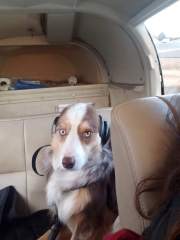Burning holes in the sky and collecting airports
-
Members Online
- 00-Negative
- Guy123
- 211º
- Wingover
- Pinecone
- 201Mooniac
- PeterRus
- AdamJD
- Rick Junkin
- chrisburdzy98
- SKI
- Andy95W
- Fly Boomer
- Todd423
- c177tx
- Rmnpilot
- Griswold
- FlightSmith
- mooney_flyer
- buddy
- pirate
- eman1200
- Ameadows82
- Q The Engineer
- jetdriven
- NewMoon
- slowflyin
- warren.huisman
- N201MKTurbo
- Mikey30V
- LANCECASPER
- Grumpy
- 1967 427
- Nico1
- mike_elliott
- mooneyflyer
- raymondscott0321
- Flyler
- jamesm
- Danb
- neilpilot
- 47U
- Fritz1
- Hank
- BillyT0020


Recommended Posts
Join the conversation
You can post now and register later. If you have an account, sign in now to post with your account.